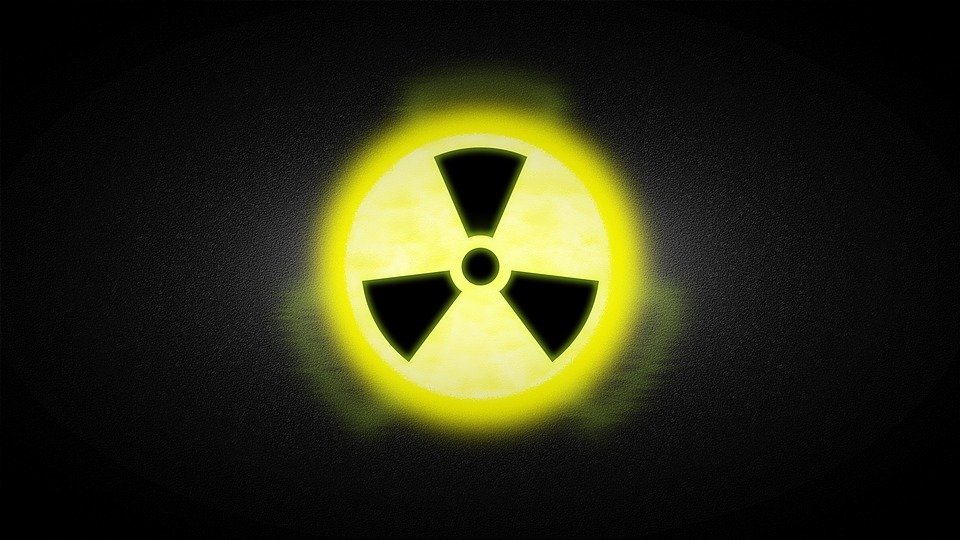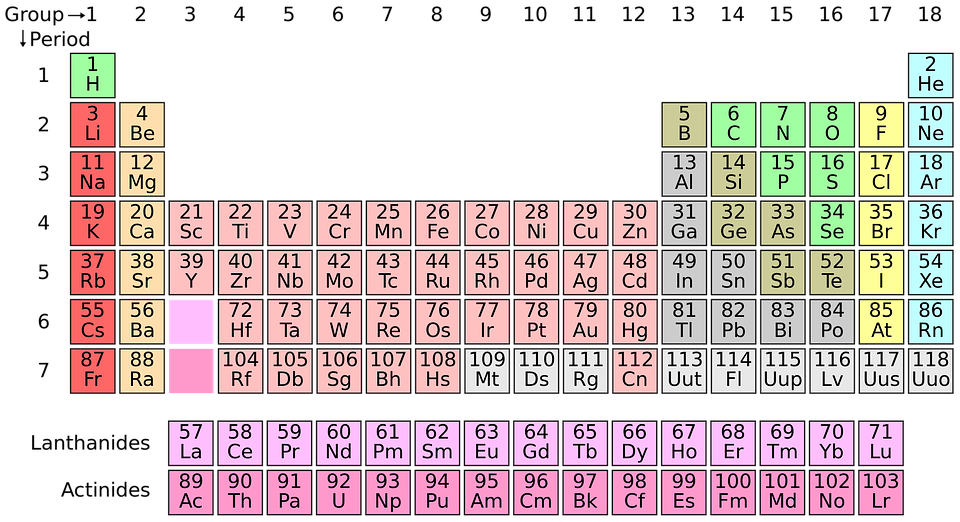10 deadly elements
by Ailsa Harvey · 23/10/2020
Nature has many gruesomely deadly substances, but understanding them keeps us safer

(Image source: Pixabay/slightly_different)
Marie Curie was the first woman to win science’s highest honour, a Nobel Prize, but her work also brought her an early death. She and her husband Pierre spent years carefully grinding radioactive rocks and soaking the powder in acid. In 1898 they discovered the new element polonium, and a few months later, Marie would go on to discover radium too. But the Curies didn’t know how risky their work was. Scientists had discovered radioactivity just a few years earlier. We now know that radioactivity is very dangerous. Worse still, polonium may be the most radioactive element.
The danger comes from the building blocks forming elements’ atomic structures. At each atom’s centre is its nucleus. In radioactive elements, the nucleus breaks apart, firing out smaller chunks that can harm people. Also, a cloud of electrons surrounds each atom’s nucleus. The number of electrons an atom has and how the nucleus is built make all elements behave differently. From this chemistry emerge many different hazards.
Some hazards arise because elements are toxic or poisonous. Most often, such poisons work because two different elements are similar. We need many essential elements to live, powering the biological machines in our cells. Therefore we must take them in when we eat and drink. But consuming elements that mimic the essential ones stops the biological machines working.
Other hazards come from elements’ reactivity. Usually this happens when elements strongly give electrons to other atoms, or take them away. If the chemical reactions this causes are fierce enough, they become fires or explosions. Yet these same properties mean that the substances produced are then very safe and stable. Chlorine’s reactivity makes it poisonous, and sodium’s makes it explosive in water. But together they make sodium chloride, which is so safe we eat it as table salt. And when atoms assemble into molecules like nitroglycerin, these properties can be even more complex.
But why would anyone want to understand these dangerous chemicals? It’s not because scientists want to poison or kill people. Instead, knowing about these substances’ bad effects helps everyone avoid being hurt.

(Image source: Pixabay/ Gerd Altmann)
1. Hydrogen (H) : Flammable
If one-fifth of the air we breathe wasn’t made up of oxygen, hydrogen might be relatively safe. But hydrogen and oxygen react rapidly, burning together to make water.
2. Caesium (Cs): Explosive/ flammable
If you ever come across caesium, handle it with care! Left alone in air, caesium metal bursts into flames. Put in water, it explodes violently.
3. Chromium (Cr): Carcinogenic
Chromium metal that has reacted with air is stable and shiny, so is used in car parts. But removing six electrons from a metal chromium atom gives cancer-causing substances.
4. Cadmium (Cd) : Poison
A true heavy metal, cadmium can interfere with how calcium builds up bones in our bodies. Cadmium can also mimic zinc, which we need to live, but without its benefits.
5. Thallium (Tl) : Poison
Thallium is physically similar to another element, potassium, which keeps us alive. But thallium doesn’t behave exactly the same way, so it confuses our cells and stops them working.
6. Lead (Pb): Poison
Lead used to be very common in paint and petrol. However, we now know it damages the brain and kidneys. Today it is used much more carefully.
7. Arsenic (As): Poison
The well-known poison arsenic also confuses our cells. That’s because its properties are similar to the essential element phosphorus, which is just above it in the periodic table.
8. Fluorine (F): Corrosive
Fluorine’s atomic structure makes it greedy for electrons from other atoms and therefore extremely reactive. It can corrode, degrade or modify nearly everything, making it very toxic and corrosive.
9. Antimony (Sb): Poison
Antimony is below arsenic in the periodic table, and the two elements have similar poisoning effects. This is because both behave like phosphorus. Antimony damages people’s livers and makes them vomit.
10. Plutonium (Pu): Radioactive
Plutonium’s atomic structure enables nuclear weapons, and makes it highly radioactive. Being radioactive means that its atoms break down, spitting out chunks that can badly damage human cells.
This article was originally published in How It Works issue 135, written by Andy Extance
For more science and technology articles, pick up the latest copy of How It Works from all good retailers or from our website now. If you have a tablet or smartphone, you can also download the digital version onto your iOS or Android device. To make sure you never miss an issue of How It Works magazine, subscribe today!




